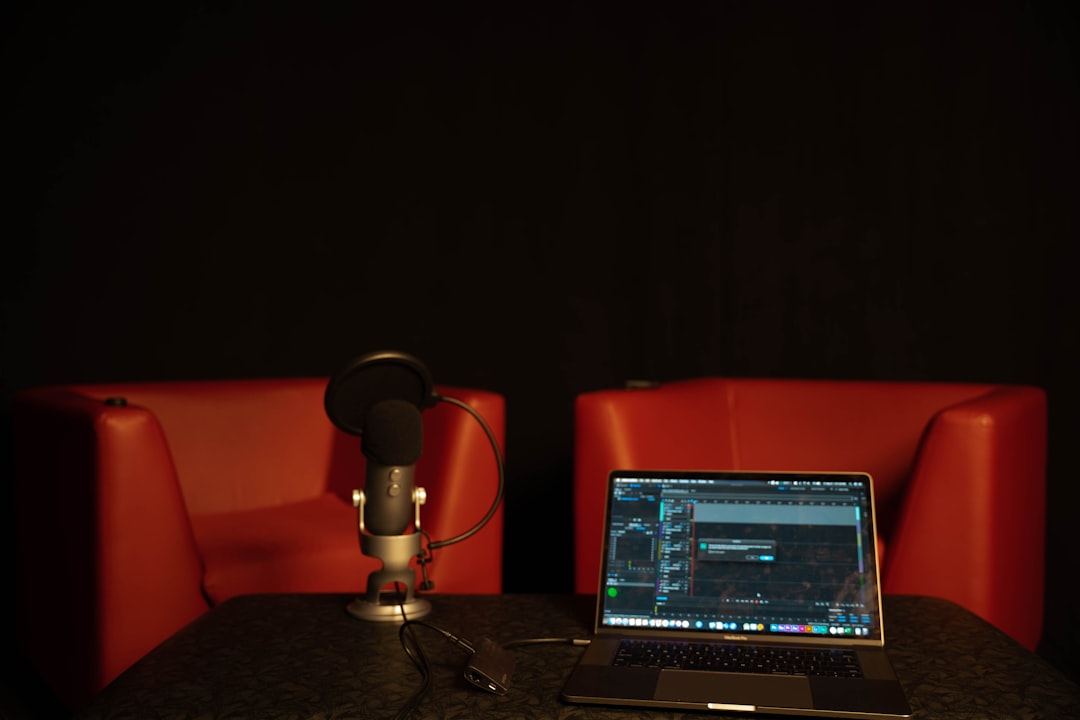If you’re venturing into the world of ASMR (Autonomous Sensory Meridian Response) content creation, your setup can make or break the experience for your audience. High-quality audio and calming visuals are at the heart of producing successful ASMR videos or live streams. Getting started may feel overwhelming, but with the right equipment and software, you can create sounds that soothe and delight your listeners.
Choosing the Right Equipment
To deliver high-quality ASMR content, prioritize your recording gear. ASMR is all about subtle, crisp sounds—any interference or poor audio quality can ruin the immersive experience.
Microphones
The most critical element of your ASMR setup is the microphone. Consider the following types:
- Binaural Microphones: Designed for stereo sound capture, these create a 3D audio experience. Popular models include the 3Dio Free Space and Roland CS-10EM.
- Condenser Microphones: These are sensitive and ideal for recording delicate sounds. The Rode NT1-A and Blue Yeti (especially in stereo mode) are excellent choices.
Always choose a microphone with a low self-noise rating, as ASMR recordings often take place in quiet environments and amplify subtle acoustic signals.
Audio Interface
If you’re using XLR microphones, you’ll need a reliable audio interface. The Focusrite Scarlett 2i2 is a solid all-around choice, offering clean preamps and USB connectivity for easy integration with your computer.
Headphones
Monitoring your sound live is essential. Opt for over-ear, closed-back headphones such as the Audio-Technica ATH-M50x or the Sony MDR-7506. These help to isolate external noise and give you a true representation of your recordings.

Optimizing Your Recording Environment
Even with premium equipment, your environment plays a major role in audio quality. Soundproof your room where possible—soft furnishings, foam panels, and carpets can help absorb echo and reduce outside noise. Don’t record near windows or noisy electronics. Turn off air conditioning and appliances during recording sessions.
Selecting the Right Software
Digital Audio Workstations (DAWs)
A DAW is necessary for recording, editing, and processing your audio.
- Audacity: An excellent free option with a simple interface for beginners.
- Adobe Audition: Offers detailed audio editing features, ideal for experienced creators.
- Reaper: Very flexible, affordable, and powerful for detailed soundscaping and multitrack recording.
Plugins and Effects
To enhance raw audio, use plugins sparingly. ASMR should feel organic. Some useful effects include:
- Noise Reduction: Removes unwanted background hum or hiss. Most DAWs include this tool.
- EQ (Equalization): Helps sculpt specific frequencies to emphasize whispers or tapping sounds.
- Reverb: Light reverb can add space and realism to make recordings feel more immersive.
Work gently with any processor—excessive editing can make the audio sound artificial or fatiguing.
Recording Strategies
Before you hit record, plan your session. Some key tips include:
- Test Levels: Perform a test recording and adjust your input gain accordingly. Avoid peaking or overly low levels.
- Maintain Consistency: Keep your mouth or sound source at a constant distance from the microphone to avoid volume fluctuations.
- Use Pop Filters: These reduce plosive sounds from soft talking or whispering.
- Minimize Handling Noise: Secure microphones and props to eliminate unwanted movements or static.

Maintaining Professional Workflow
Staying organized increases efficiency in both recording and post-production. Label your files clearly and back them up regularly. Keep a checklist of your equipment and settings before each recording.
Take breaks to avoid ear fatigue—editing with tired ears leads to poor quality. Always monitor your playback through your headphones to understand exactly what your audience will hear.
Final Thoughts
Creating soothing ASMR content is as much about technical precision as it is about creativity and empathy for your audience. A professional-grade setup doesn’t necessarily mean the most expensive gear, but rather how well your tools serve your intent. With careful selection, thoughtful setup, and attentive editing, you can bring your audience a truly blissful auditory escape.
Focus on experimenting with different sounds, gestures, and environments to find your unique style. Keep learning and refining your craft—an immersive and relaxing ASMR experience is always a few gentle taps or whispers away.
 logo
logo


